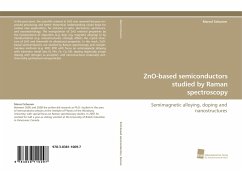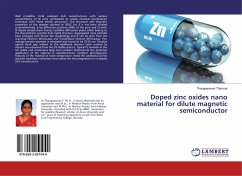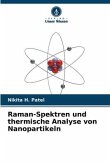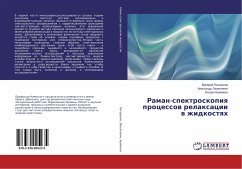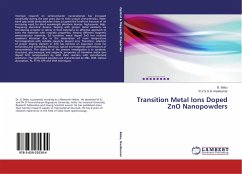In the past years, the scientific interest in ZnO was renewed because improved processing and better theoretical understanding raised hope for various new applications, for instance in opto- electronics, spintronics, and nanotechnology. The manipulation of ZnO material properties by the incorporation of impurities (e.g. dop- ing, magnetic alloying) or by miniaturization (e.g. nanostructures) strongly affects the crystal structure of ZnO and therewith its vibrational properties. In this work, ZnO-based semiconductors are studied by Raman spectroscopy and complementary methods (e.g. XRD, EPS) with focus on semimagnetic alloying with transition metal ions (V, Mn, Fe, Co, Ni), doping (especially p-type doping with nitrogen as acceptor), and nanostructures (especially wet-chemically synthesized nanoparticles).

